Pisa means “marshy land”, and true to its name, the tower was built on soft clay soil with shallow foundations. This poor planning is exactly what led to its famous tilt after only the second floor was completed.
The Leaning Tower of Pisa is one of the world’s most recognizable landmarks. Though it narrowly missed being one of the original Seven Wonders, its tilt and medieval design have secured it a spot on many modern “wonders” lists. Here are some fascinating facts behind this enduring marvel.
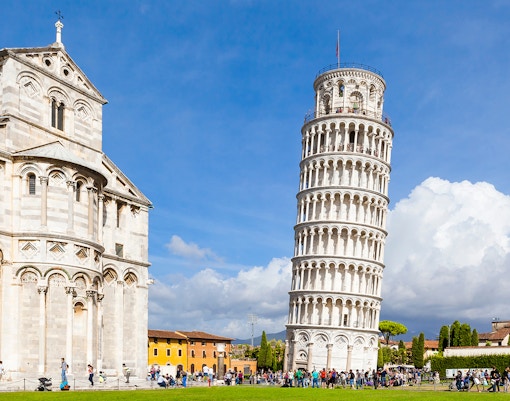
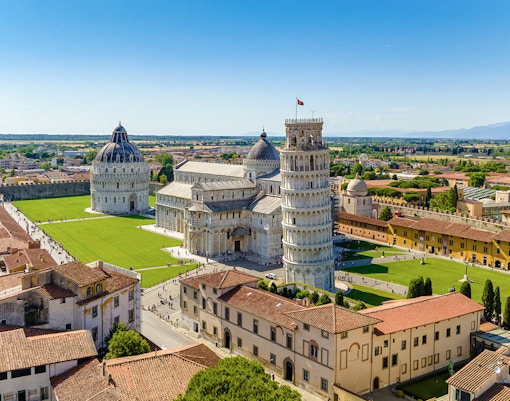
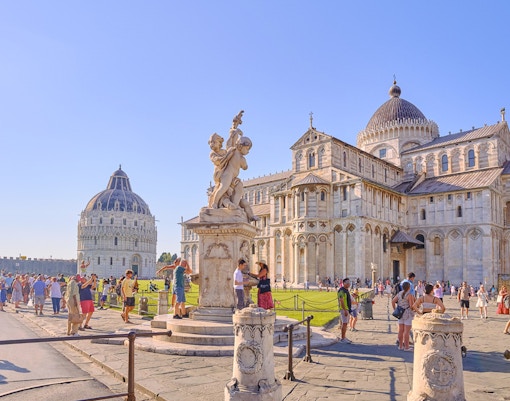
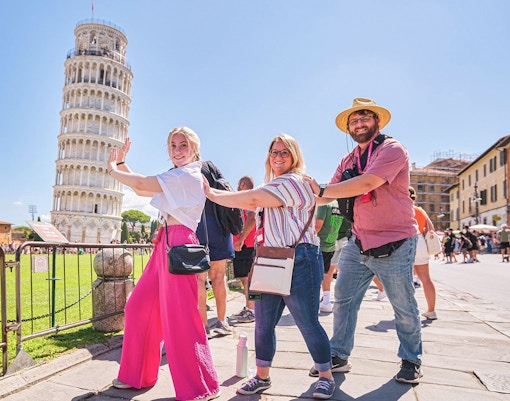
You’ve uncovered some of its secrets, but the real story comes alive with the audio guide; without it, it’s just another bell tower. Skip long queues, enter at your chosen slot, and hear local myths unfold as you climb for a truly meaningful ascent.

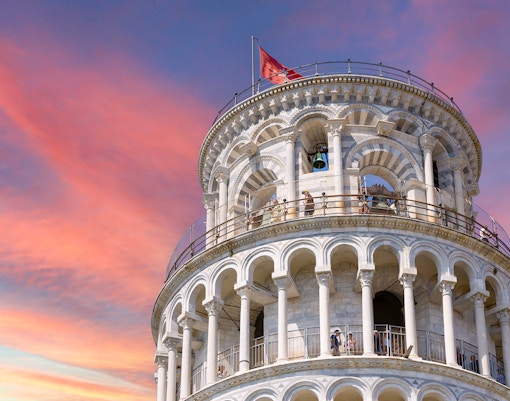
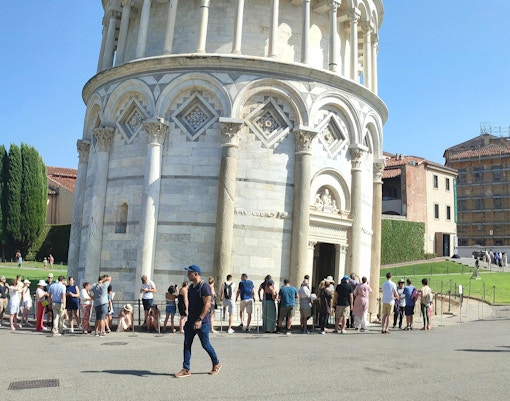
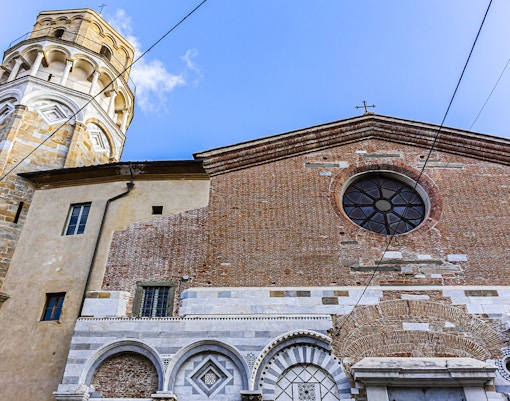
Leaning Tower of Pisa Tickets
Pisa Monumental Complex: Leaning Tower, Cathedral, Museums & Baptistery Tickets
From Florence: Pisa Half-Day Trip & Leaning Tower Access
Pisa All-Inclusive Guided Tour of Baptistery, Cathedral & Tower
Pisa Leaning Tower and Cathedral Guided Tour
Pisa Cathedral and Leaning Tower Guided Tour with a Local Food Tour